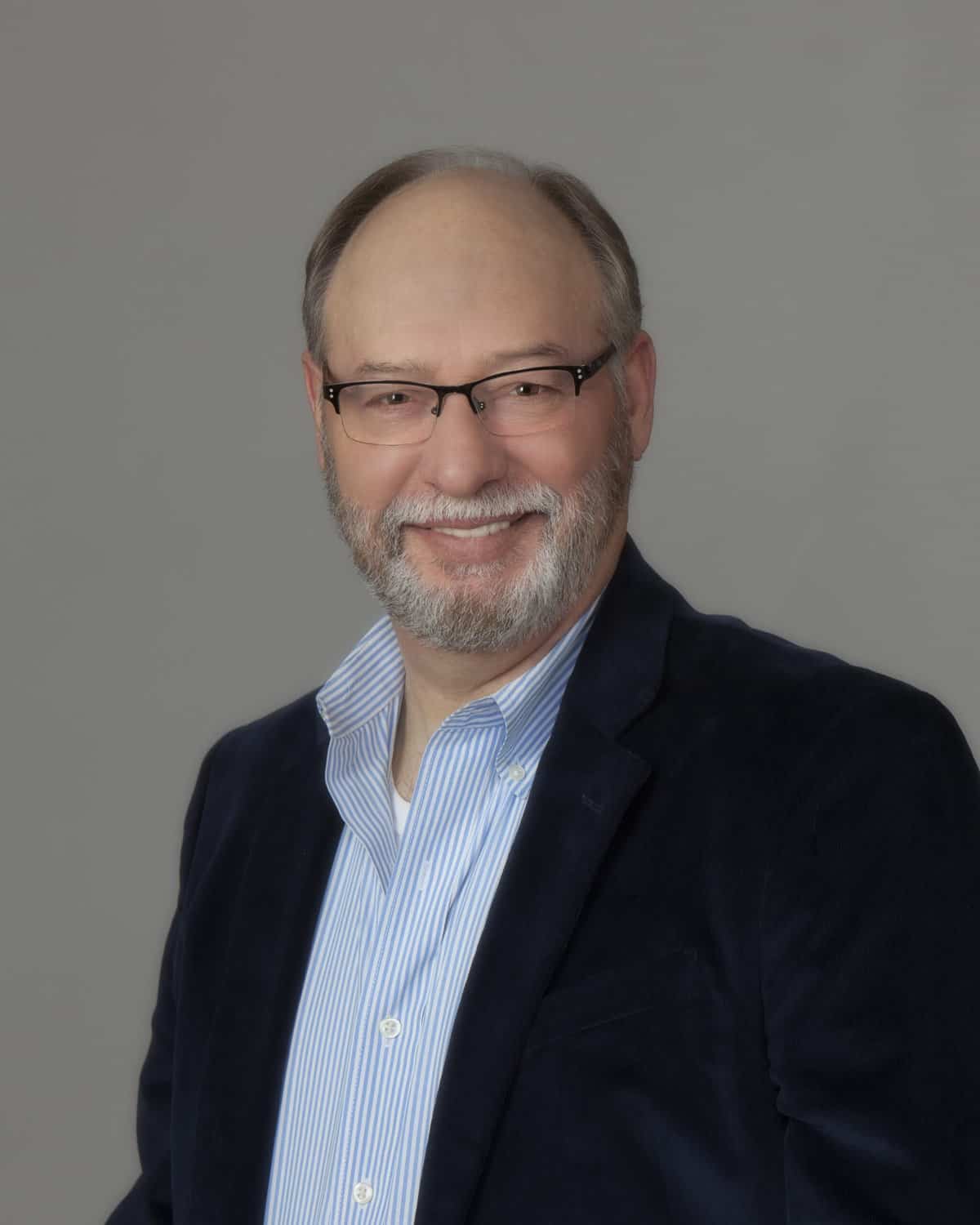Planning. This means forethought and research and more are required. It is more than just writing a quick check to get a better tax deduction this year. This article and all previous articles are for those who WANT to be charitable, for those who want to help missions, for those who want to get the Gospel to the world and accomplish this by design. The concepts described in these articles are not for everybody. Perhaps today’s article will resonate with you. Maybe not. But one of the concepts described in previous articles or today’s article can work for nearly anyone if they want to give back to God and help missions.
Reverse mortgages are often surrounded by a lot of misconceptions. Many classify it as a desperate last move by those who have mismanaged their finances or were struck by misfortune and are about to go under. And then, there will be bright lights at night as they come and drag you out of your house and take “their” house from you. Or, THEY will pry it from your weeping children’s fingers.
Great movie script with lots of drama but no that’s not at all how they work. There were some abuses in the past yes. In the past. Many things have a history of abuse but are now more regulated and legitimate. In that case, let’s find out how reverse mortgages actually work.
There are private loan programs that can allow eligible participants to qualify for up to $4 million in upfront cash. There are programs similar to a HELOC ( Home Equity Line of Credit ) but provide significant differences. Applicants can also choose the classic FHA-backed Home Equity Conversion Mortgage (HECM.) We will focus on the HECM. For these type of mortgages the borrower must be at least 62 years of age. In most cases, 50 to 70 percent of the value of the home is loaned. Yes, there can be an existing mortgage. That’s just one of the many fables surrounding reverse mortgages. Let’s look at some of the common misconceptions.
FABLE #1 The bank or lender take ownership of the home.
No. The borrower or the estate continue to retain ownership of the home title. The lender’s interest is limited to the loan balance similar to other loans collateralized by the property.
FABLE #2 Heirs are responsible for repaying the loan.
Reverse mortgages are non-recourse loans. The lender can only derive repayment from the proceeds of the sale of the property. If the value of the home is dramatically reduced the borrowers or heirs will never owe more than the value of the home. When the loan matures, the heirs can repay the loan and keep the home for themselves much like a standard mortgage. The home can be sold and the heirs keep the remaining funds or they even have the option of doing nothing and deed the home to the lender.
FABLE #3 Monthly payments are required
Again, no. There are no monthly payments required on a reverse mortgage. Taxes, insurance and property maintenance are required but no monthly payments on the HECM. The borrower can choose to make whatever payments they wish. Even nothing.
These are just a few of the more prevalent misconceptions surrounding reverse mortgages. What about some of the positives? The value of a home is often an unused asset that is never used by homeowners. Many, many people are terrified to dip into their 401Ks. I was told of a couple the other day that have over $1,000,000 jointly in their 401Ks and they are terrified it is not enough. A reverse mortgage can help to reduce some of that stress. There can also be certain tax efficiencies if done correctly.
Finally, since these articles are focused on charitable planning, a reverse mortgage can be a part of your charitable plans. You could use a portion of the value of your home to help get the Gospel to the world. You can have a part in missions. You can help provide water to a village, build a church, provide a motorbike for a pastor and many more opportunities are out there.
Admittedly, this article barely scratches the surface regarding reverse mortgages and is very limited in its scope. If you wish to do more research on reverse mortgages, I highly recommend Dr. Wade Pfau’s, (PhD,CFA, RICP) book, REVERSE MORTGAGES, How to use Reverse Mortgages to Secure your Retirement. Dr. Pfau holds a doctorate in economics from Princeton University. He is a contributor to Forbes and a panelist for The Wall Street Journal. He is also professor of retirement income and the director of the Retirement Income Certified Professional (RICP) designation program at the American College of Financial Services.
Please note: All charts and numbers are for illustration purposes only. Accuracy is neither warrantied nor implied. We are not attorneys or tax advisors. This information is educational only. Not to be considered as advice or recommendations. It is imperative that you consult with a tax advisor and/or attorney when considering any of these concepts. In addition, it is critical that the attorney, tax advisor, and financial advisor are knowledgeable and practiced in these areas.
If you would like help finding such an advisor, we will be glad to introduce you to an experienced planner with your best interest in mind. Please give us a call at 1-800-522-4324.













